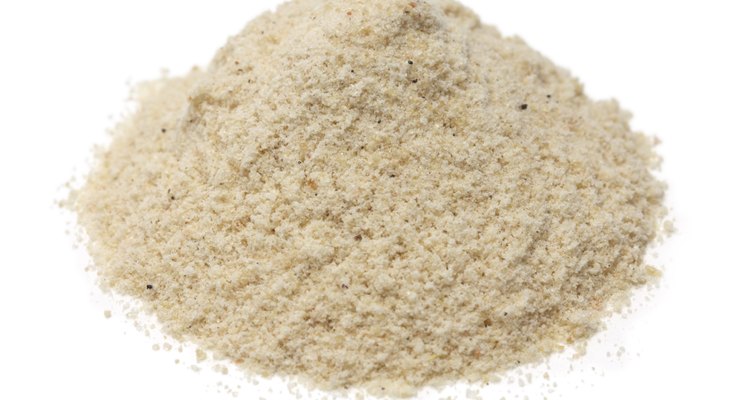
bonchan/iStock/Getty Images
Calcium alginate is a substance formed from seaweed and used in specialized wound dressings. The purpose of calcium alginate is to combine with wound drainage to form a gel in the moist wound bed. This process helps the wound heal by limiting secretions in the wound and minimizing bacterial contamination, according to WorldWideWounds.com. Wounds that might benefit from using calcium alginate include burns and diabetic ulcers. Calcium alginate dressings may cause less pain during its removal than other dressing options. Several calcium alginate dressings exist, but they all work in similar ways.
Clean the wound with saline as directed by the physician. Remove any loose pieces of tissue in the wound bed.
Avoid using calcium alginate on wounds that are dry and do not contain drainage.
Trim the calcium alginate dressing to fit the wound. Make sure you do not apply the dressing to healthy skin surrounding the wound. Since this skin is dry, the calcium alginate may stick to the healthy skin and need scrubbing with saline to remove it during dressing changes. This scrubbing may cause mild pain or tenderness, but the calcium alginate will not damage healthy skin.
Apply the calcium alginate dressing to the wound. If the wound is deep, pack rolled gauze on top of the calcium alginate. Secure the dressing with a thick, absorbent pad and medical tape.
Leave the dressing in place for the duration ordered by the physician. Dressing changes may need to occur daily, according to Silverlon, a manufacturer of calcium alginate dressings. Change the dressing when the absorbent padding on the outside of the wound becomes saturated.
Clean the wound with normal saline and apply the calcium alginate to the wound again.
Related Articles

How to Store Homemade Salad Dressing
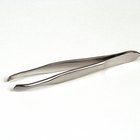
How to Care for Skin Abrasions

How to Use Pyrithione Zinc for Rosacea
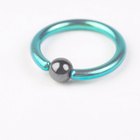
How to Clean Your New (Conch) Ear ...

How to Stop Bleeding From a Shaving ...

How to Repair Open Pores

Facts on Nose Piercings

Natural Ways to Remove Stubborn Corns & ...

How to Care for an India Ink Tattoo

How to Swim With Belly Button Ring
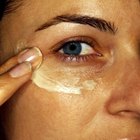
The Best Facial Moisturizers for People ...
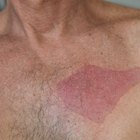
How to Treat a Burn From Nair

How to Clean an Ear Piercing

Side Effects of Certain Dri

How to Get Rid of Pink Scars

How to Mix Mineral Salt & Preparation H ...

What Are the Dangers of Fraxel Repair?
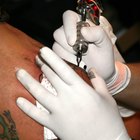
How to Clean Tattoos With Rubbing ...

How to Get Rid of a Tattoo Scab
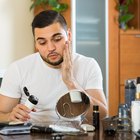
How To Use Tazorac To Treat Flat Warts
References
Writer Bio
Abigail Adams began her freelance writing career in 2009, teaching others about medical conditions and promoting wellness by writing on online health and fitness publications. She is educated and licensed as a registered nurse, having received her degree from North Georgia College and State University.
Photo Credits
bonchan/iStock/Getty Images